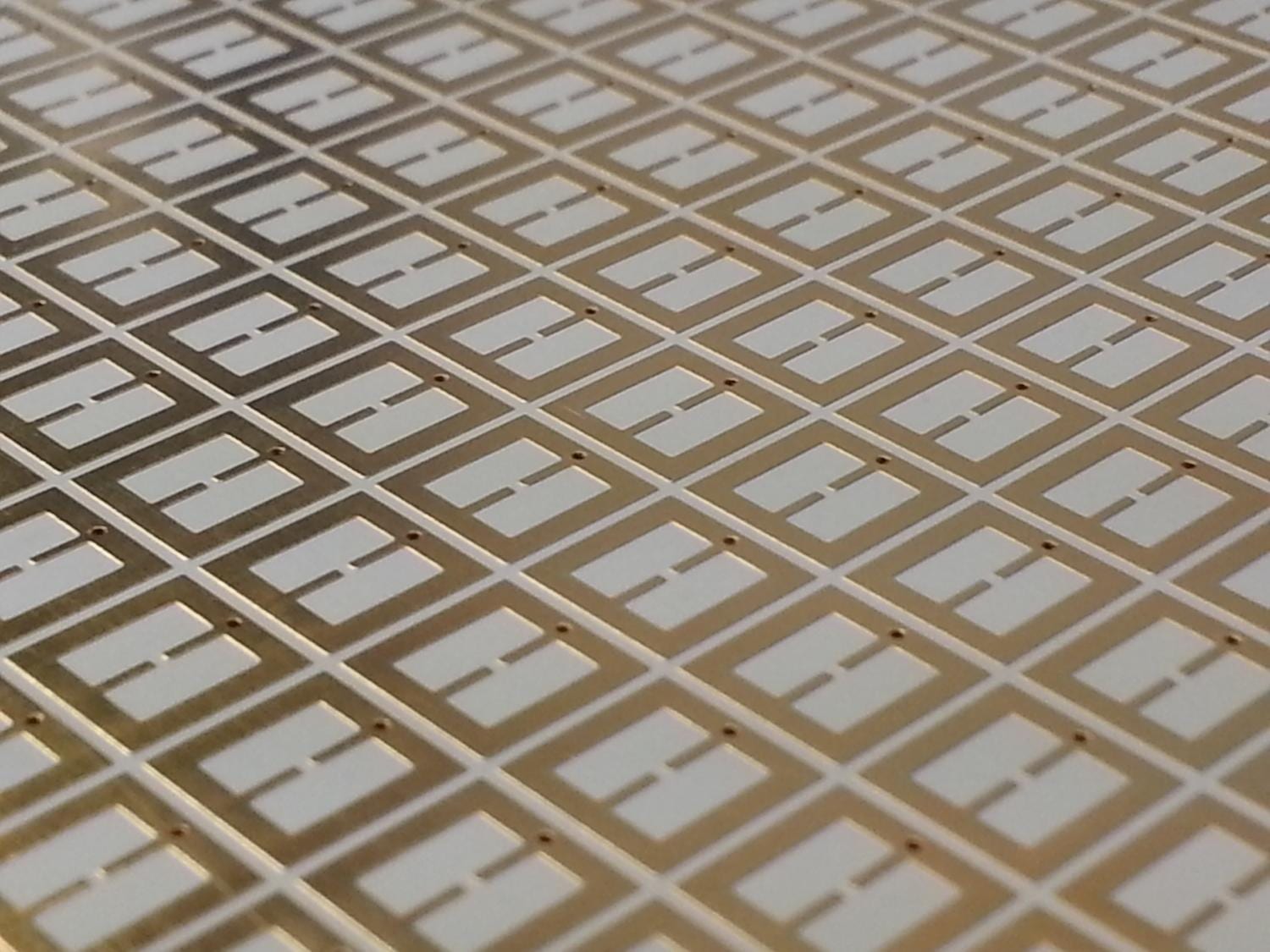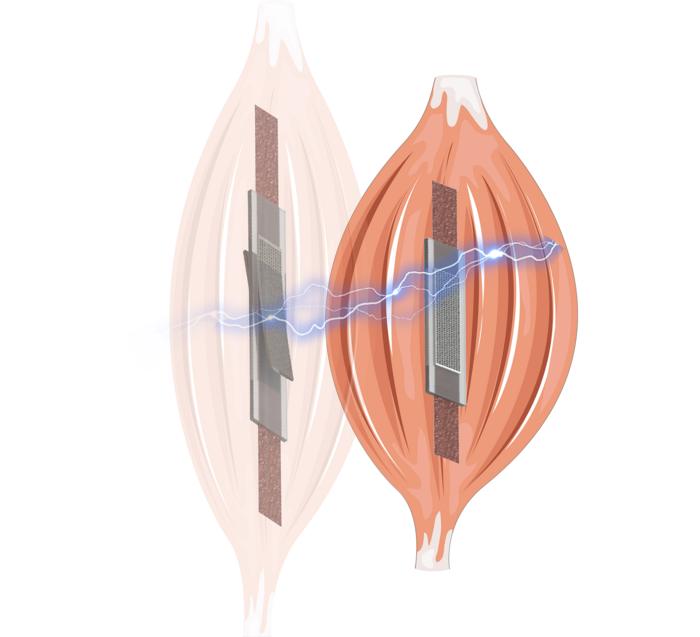
via European Space Agency
The concept of gathering some of the unlimited sunlight available in space, then transmitting it down to users, was first developed to serve the clean energy needs of planet Earth. But Space-Based Solar Power can also work for the Moon.
As part of ESA’s Open Space Innovation Platform Campaign on ‘Clean Energy – New Ideas for Solar Power from Space’, a study undertaken by Switzerland’s Astrostrom company designed a Greater Earth Lunar Power Station, or GEO-LPS for short.
The study envisages a solar power satellite constructed mainly from lunar resources (including Moon-manufactured solar cells) that could deliver megawatts of microwave power down to receivers on the lunar surface, serving the needs of surface activities, including future crewed bases.
Taking inspiration from a butterfly, GEO-LPS feature V-shaped solar panels with integrated antennas, deployed in a helix configuration extending more than a square kilometre end to end. The design would yield continuous 23 megawatts of energy for lunar surface operations. The solar panels themselves are based on iron pyrite monograin-layer solar cells produced on the Moon.
Located at an Earth-Moon Lagrange point around 61 350 km from the lunar surface, the station itself would also be inhabited. It would serve as a gateway between Earth and Moon operations, providing artificial gravity for adaptive health purpose to potentially become an attractive tourist destination in its own right – as well as a prototype for further space settlements in cislunar space.
This visionary study lays out a potential future for large-scale and more environmentally-friendly solar power satellite production in the longer-term if ESA’s SOLARIS R&D initiative confirms the feasibility of Space-based Solar Power for serving terrestrial clean energy needs.
“Launching large numbers of gigawatt-scale solar power satellites into orbit from the surface of the Earth would run into the problem of a lack of launch capacity as well as potentially significant atmospheric pollution,” explains Sanjay Vijendran, overseeing SOLARIS. “But once a concept like GEO-LPS has proven the component manufacturing processes and assembly concept of a solar power satellite in lunar orbit, it can then be scaled up to produce further solar power satellites from lunar resources to serve Earth.”
Such lunar-made solar power satellites would require around five times less velocity change to place them into geostationary Earth orbit compared to satellites launched from Earth itself.
Sanjay adds: “This would also create many other benefits in addition to providing sufficient clean energy for Earth, including the development of a cislunar transportation system, mining, processing, and manufacturing facilities on the Moon and in orbit resulting in a two-planet economy and the birth of a spacefaring civilisation.”
Investigating the technical and financial feasibility of the concept, the study found that GEO-LPS could be achieved without requiring any technological breakthroughs. Most of the core technologies for lunar surface mining, beneficiation and fabrication operations are already in use or under development on Earth today. These technologies could be extrapolated and adapted to the lunar environment, delivered in modular form and managed telerobotically on the Moon’s surface.
Although substantial engineering development would be required, the study found that solar power satellites produced on the Moon would not only be cheaper than any comparable Earth-developed solar power satellite, but that the electricity generated for Earth would also be cost-competitive with any terrestrial power alternative.
Original Article: Lunar solar power satellite
More from: European Space Agency
The Latest Updates from Bing News
Go deeper with Bing News on:
Space-based solar power
- Energy Storage: A New Asset Class Buyers Of Power Should Consider Investing In
Investing in energy storage doesn’t just provide a pathway for reducing carbon emissions; it’s also a pathway for potential savings on electricity and energy costs.
- SpaceX’s Starship could help beam solar power from space, says startup
A start-up aims to revolutionize clean energy by harnessing unlimited solar energy from space. To make this futuristic idea a reality, Michigan-based start-up Virtus Solis aims to use SpaceX’s ...
- New model estimates cultivable space at photovoltaic plants for combining agricultural and photovoltaic production
A team at the University of Cordoba has developed a methodology that defines the cultivable space between two-axis photovoltaic modules, with the aim of promoting the conversion of existing plants ...
- Portal Space Systems comes out of stealth with satellites that’ll be fired up by the sun
Portal Space Systems is emerging from stealth with a plan to create a satellite platform that uses the sun's heat to spark its thrusters.
- SpaceX's Starship could help this start-up beam clean energy from space. Here's how (video)
LONDON — SpaceX's Starship will be a game changer for space-based solar power generation and will make orbiting power plants not only affordable, but cheaper than many other methods of generating ...
Go deeper with Bing News on:
Greater Earth Lunar Power Station
- Space Missions to Watch in May: China Explores the Dark Side of the Moon, Boeing Starliner, and More
Major space forces around the world, including China, Russia and SpaceX, are gearing up for a number of exciting missions in May.
- Chinese astronauts return to Earth after 6 months on space station
A Chinese spacecraft has returned to Earth with three ... This year, the Chinese station is slated for two cargo spacecraft missions and two manned spaceflight missions. China’s ambitious space ...
- NASA Unveils Game-Changing Electric Propulsion Technology for Future Space Missions
NASA's innovative propulsion technology propels small spacecraft exploration and extends satellite lifetimes, supporting U.S. leadership in space technology. NASA has developed an advanced propulsion ...
- Intentional Medicine
As opposed to the extractive farming practices often employed by cannabis farms, in which pesticides kill everything in proximity to the plants, poisoning the environment and sometimes even the ...
- China launches a new crew to its space station, advancing toward lunar mission
Three astronauts will spend six months on China's space station. Some experts worry China's ambitious ... to conduct experiments and amass experience for eventual trips to the Moon and beyond. The ...










